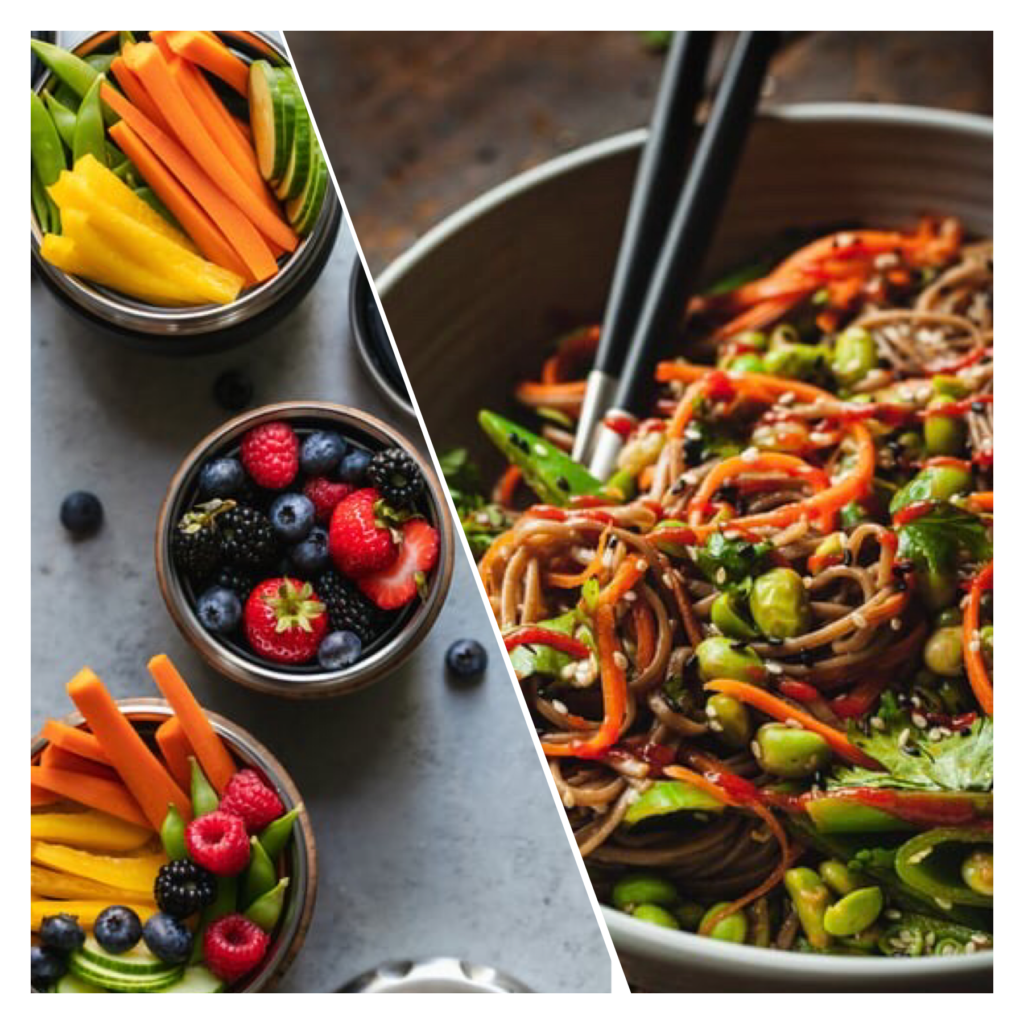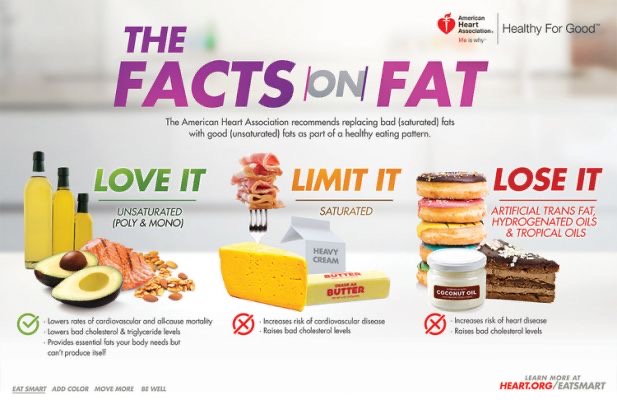Back to school! Are you making your children’s lunch? If you have the time and resources to do so, I highly recommend you do. Mainly because many schools’ lunches contain processed flour, nutritionally questionable meat (honestly, what’s with that strange hot dog sausage?), hydrogenated oils, preservatives, food colorings, sugar, and excessive sodium (hard on the kidneys). Eating like that throughout the entire school year, I will be honest with you, leads to cellular inflammation.
Cellular inflammation is below the perception of physical pain. Meaning, your children may not be complaining about a headache / tummy ache / fatigue right now. However, this type of inflammation builds up in the body over the long term, due to the buildup of toxins and long-term escalation of cortisol level (biochemical stress from the ingested sugar and processed flours especially). And with this build up, chronic diseases like diabetes, cancer, heart diseases, high blood pressure and neurological illnesses occur. Not immediately, but certainly in the long term.
So, if you are a parent who cares about the LONG TERM consequences of what food does, then read on. You will be given guidance on how to create a nutrient dense meal that keeps your children satiated and protected against chronic diseases. Remember superfoods create super powers!

Complex Carbohydrates
I don’t mean just give them a plate of rice, or even brown rice and pat ourselves on the back for a job well done. Complex carbohydrates should be coming mostly from veggies. Root veggies are especially high on complex carb. They give the essential fiber (to eliminate toxins through regular bowel movements) and abundant amounts of phytonutrients of which can never be fully extracted and packed into a multivitamin tablet.
Complex carbohydrates provide energy and satiety. Usually containing fiber, they can regulate blood sugar level. Found in wholegrain bread (now wheat / multigrain kinds where most are refined starch), whole grains, pseudo-grains (such as quinoa, buckwheat), legumes, and vegetables, they have antioxidants / minerals / vitamins needed to reduce risks of heart disease, Type II diabetes and cancer.

Protein
Please don’t just stop at a building a meal with only carbohydrates, even if they are the complex not the simple varieties. I cringe every time I see children eating only white / brown rice (with a dab or soy sauce or generous toppings of ketchup or cheese). I then go into “panic mode” when I hear adults including school administrators saying “well, at least the kids are eating.”
Listen. Really. We, especially children need protein, plant (nuts / seeds / legumes), meat or seafood based. Protein builds and repairs cells, tissues, skin, muscles, bones, joints & cartilages. It also aids hormones production and regulates blood sugar level. And in terms of immune support, protein aids the liver’s detoxification function.
When you re-read the aforementioned functions, isn’t it obvious that a growing, active child needs protein?

If your child suddenly claim they are a vegan / vegetarian (seems to be the trend these days, isn’t it?), please know that she can eat more than beans. After all, beans, beans, beans, and more beans regularly will cause more digestive issues than necessary. For complete protein sources, consider hemp seeds (as sandwich fillings / salad / granola / porridge toppings, in milk form) and pseudo-grains like amaranth, buckwheat and quinoa. Complete protein sources, meaning the 9 essential amino acids that our body cannot produce, are often found in meat and sometimes in the plant based foods just suggested.
A great source of protein can come from nut milks and organic cashew nut milk is readily available here in Chiang Mai.
Fat
Fat, when offered in the quality, unprocessed form, will not make anyone fat. Please don’t fear fats. It is especially important for children as their brains is made of 60% fat. And 8% of that is made of DHA, a type of anti-inflammatory, omega 3 fat. Quality, unprocessed form of fat means oils like olive oil, coconut oil, avocado oil, ghee, and cold pressed sesame oil. NOT safflower, vegetable, corn, peanut, canola, or soybean oils, all of which are highly processed and hydrogenated leading to cellular inflammations.
Not only is quality fat good for the brain and (moms) not a worry for the waist lines, it also provides energy, aids cell growth, and regulates blood sugar level. And equally important and often times not common knowledge, quality fat is essential for the absorption of fat soluble vitamins A, D, E and K. You know, the vitamins important for immunity, detoxification, and bone growth and often found in the your well intentioned inclusion of vegetables.

Repeated exposure is key, different presentation form is key, combining new ingredients, one at a time, with their favorite food is key.
Yes, children are difficult to please these days. Honestly, it really comes down to multiple trials to gage what exactly please them (for that day), until we have to adjust and adapt again. Children’s senses are growing, helping them to appreciate / reject what they feel are right for them at any given moment. So, the short answer is, we adults need to respect and work with that while still maintaining some sort of structure (when to feed, where to feed, and what to provide at each meal).
About Cecilia Yu
Mother of two children (11 and 3.5 years old), Cecilia is a certified Culinary Nutritionist and Integrative Nutrition Coach as well as founder of Vitamin L. She works with parents of different nationalities with different dietary preferences, empowering them to make easy, immune supporting and kids meals and snacks. Her services include customized recipes, personalized meal plans, culinary nutrition consultations and online group meal creations coaching / support.
She can be reached here or sayhi@ceciliavitaminl.com.





